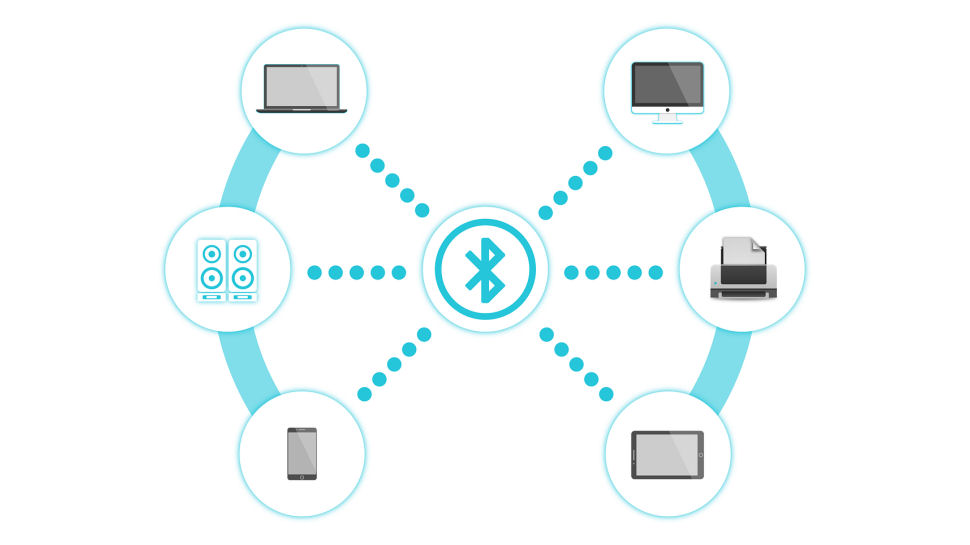Understanding reliability in Bluetooth technology
Q&A with Bluetooth SIG understanding wireless reliability

Bluetooth technology achieves reliability through the sophisticated ways in which it uses radio to encode and communicate data. The modulation scheme used by Bluetooth to encode digital data, known as Gaussian Frequency Shift Keying (GFSK) works well in the face of interference and applies a smoothing filter to the signal which reduces noise.
And rather than use a single radio channel, Bluetooth uses a number of spread spectrum techniques, most notably, Adaptive Frequency Hopping (AFH) which means that packets are transmitted using a random sequence of up to 40 distinct radio channels, so communication is not impacted by one or more channels being subject to interference. The protocols which Bluetooth uses include acknowledgements, error detection and sometimes even proactive error correction schemes.
What do we mean by reliability?
In simple terms, communication is said to be reliable if the data transmitted is the same data received by a destination device. We might make our definition more nuanced with requirements relating to latency or by including a maximum tolerance for a small percentage of failures
What are the biggest challenges for Bluetooth in providing in reliable communication?
Bluetooth technology uses the 2.4GHz ISM radio band, which is also used by Wi-Fi, cordless phones and even microwave ovens. Bluetooth devices are pretty much everywhere and in ever increasing numbers too, so sharing the ISM band with large numbers of devices and multiple wireless technologies is one of the main challenges.
Other wireless technologies use a single, configured radio channel within the ISM band but Bluetooth uses spread spectrum techniques such as adaptive frequency hopping, which reduce the likelihood of packet collisions. Of the various low power wireless technologies, Bluetooth uses the fastest symbol rate (the analogue equivalent of bit rate) and packets are small in size. This too reduces the probability of packet collisions since packets are in the air for the briefest time.
Can you elaborate more on adaptive frequency hopping (AFH)?
The ISM radio band spans the range of frequencies starting at 2400 MHz and ending at 2483.5 MHz. Bluetooth Low Energy (LE) divides this range into 40 channels, each 2MHz wide. When two devices are connected and communicating, packets get transmitted and received on a randomly selected channel. Periodically, sometimes as often as every 7.5ms, the selected channel used by both devices changes to a new channel. Devices measure how well each channel is performing and any found to be experiencing significant numbers of errors, get excluded from the channel selection process.
In this way, the frequency hopping algorithm adapts and avoids parts of the ISM band that are currently experiencing interference. The combination of frequency hopping to spread communication across the entire ISM band and the way in which AFH adapts to the current conditions, makes Bluetooth communication reliable, even in quite hostile radio environments.
Are you a pro? Subscribe to our newsletter
Sign up to the TechRadar Pro newsletter to get all the top news, opinion, features and guidance your business needs to succeed!
What are the other techniques for ensuring reliable communication?
Reliability features are present in most layers of the Bluetooth stack, from the physical layer at the bottom, to higher layers such as the attribute protocol and the way messaging works in a Bluetooth mesh network. Reliable communication is achieved through the collective effects of the various techniques.
For example, Bluetooth packets always include a cyclic redundancy check (CRC), which allows errors in received data to be detected. Encrypted packets also include a message integrity check (MIC) which provides a cryptographic safeguard against deliberate tampering with packets, as opposed to changes that are due to environmental conditions. It's possible to use a technique called Forward Error Correction (FEC) too and this enables the receiving device to dynamically fix data errors, dramatically increasing range in the process since it means Bluetooth packets can be decoded at the lower signal to noise ratio experienced at longer distances from a transmitter.
Receiving devices can dynamically ask the transmitting device to adjust its transmission power so that it stays at an optimal level. The protocols use techniques like acknowledgements, transactions and flow control to address various types of reliability issue. And Bluetooth mesh technology uses techniques such as multiple message transmissions and multipath delivery through the network to ensure messages arrive at the intended destinations, perhaps on the other side of a large building.
Bluetooth technology is reliable by design.
- Martin Woolley, Senior Developer Relations Manager, EMEA, at Bluetooth SIG.
- Want to be Bluetooth enabled? We've featured the best business smartphones
Martin Woolley is responsible for Developer Relations for the EMEA region at Bluetooth SIG. He is a developer, architect and all-round technology specialist with over 30 years experience of software development across a wide variety of platforms.